
- Home
- Workshops / Tours
- Diary / Blog
- Galleries
- Foreign Trips
- Tasmania 2016
- NE Queensland 2016
- Western Alps 2016
- NE Spain 2016
- Australia's Wet Tropics 2015
- Australia's Top End 2015
- SW Australia 2015
- Switzerland 2015
- Andalucia 2015
- Belize 2015
- Australia 2014
- Switzerland 2014
- Belize 2014
- Bahama Islands 2014
- Switzerland 2013
- Ecuador 2012-2013
- Florida 2011-2012
- Vancouver Island 2011
- Australia 2010
- Peru 2008
- Bulgaria 2007
- Lesvos 2006
- California 2006
- New Zealand 2005
- Extremadura 2005
- Goa, India 2004
- The Gambia 2003
Vancouver Island, Canada
7th-25th September 2011
Pacific Rim Provincial Park
The Pacific Rim Provincial Park on the west coast of Vancouver Island is home to some superb stands of old growth temperate rainforest.
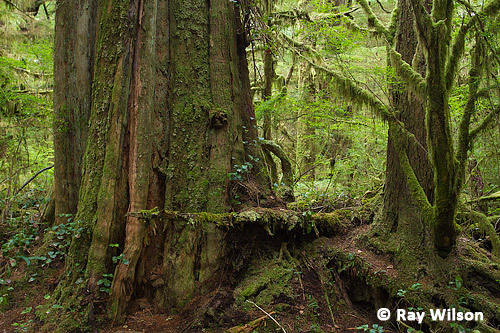
Some of the old Western Hemlocks, Douglas Firs and Western Red Cedars are absolutely massive and count among some of the tallest trees in the world.
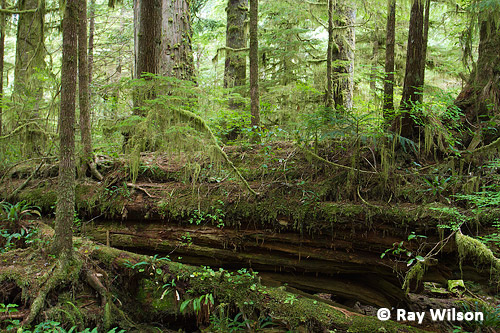
When an old growth tree dies and falls to the forest floor it becomes a sanctuary for young saplings. The soil in the rainforest is a poor source of nutrients and is often heavily loaded with pathogens which inhibit the growth of saplings. Saplings that take root on a decaying fallen tree have a much better chance of becoming established since these "nurse-logs" provide numerous advantages, including a supply of nutrients, mycorrhizae (symbiotic fungi necessary for efficient uptake of minerals and nutrients by the roots), thick moss cover, and sunlight from the gap in the canopy created by the demise of the giant tree.
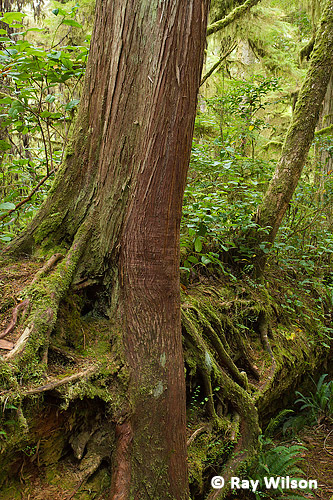 |
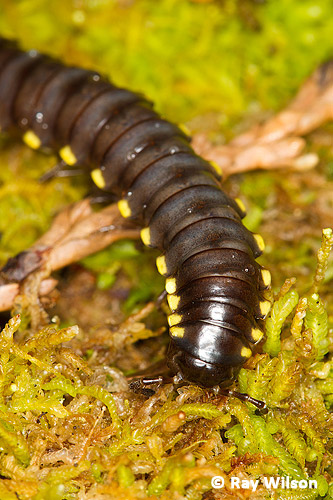 Cyanide Millipede (Harpaphe haydeniana) |
The large, poisonous Cyanide Millipede (or Almond-scented Millipede) can be found grazing on moss and decaying plant matter on fallen logs. Its common names arises from its habit of secreting hydrogen cyanide when it feels threatened. If it starts emitting a smell of bitter almonds it is best to leave it well alone to avoid the risk of being poisoned by the toxic gas.
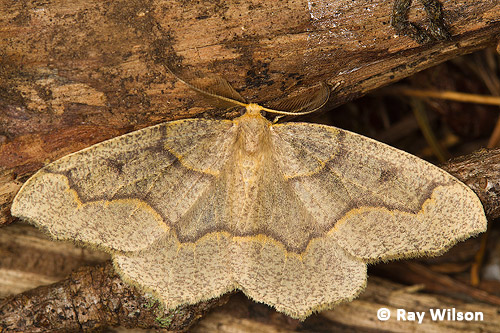
Hemlock Looper (Lambdina fiscellaria)
Hemlock Looper is a common Geometrid moth in pine forests and its larvae in some locations can cause considerable damage. It is considered a pest by the forestry industry.
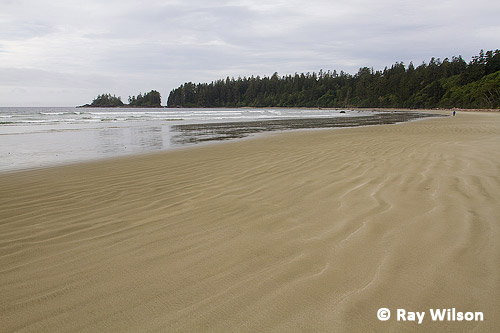
Florencia Bay
Most people visit Pacific Rim Provincial Park for its beautiful beaches, many of which are surfer's paradises. I, however, was much more interested in the beautifully camouflaged wolf spiders that were common just abover the tide line and the large flock of gulls roosting at the mouth of small stream.
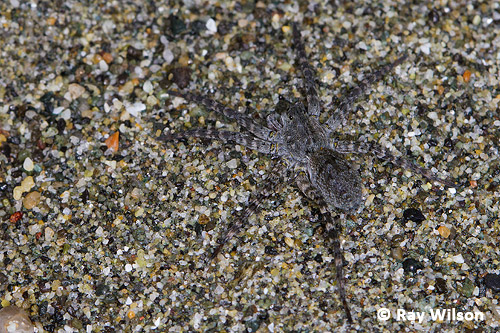
Wolf Spider (Pardosa sp.)
The gull flock roosting on the beach mainly consisted of California Gulls, but there were a few American Herring Gulls of various ages present.
adult summer American Herring Gull (Larus smithsonianus)
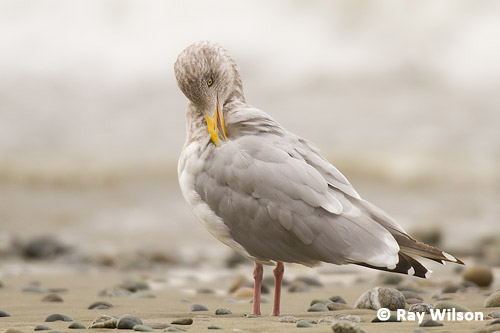
adult winter American Herring Gull (Larus smithsonianus)
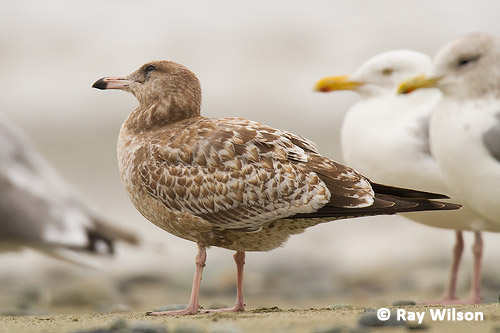
American Herring Gull (Larus smithsonianus) - juvenile moulting into 1st-winter plumage
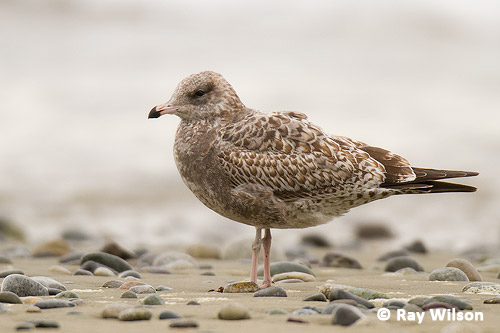
American Herring Gull (Larus smithsonianus) - juvenile moulting into 1st-winter plumage
Hybridisation between Glaucous-winged and Western Gulls is quite common and in some areas as many as 70% of individuals are hybrids.
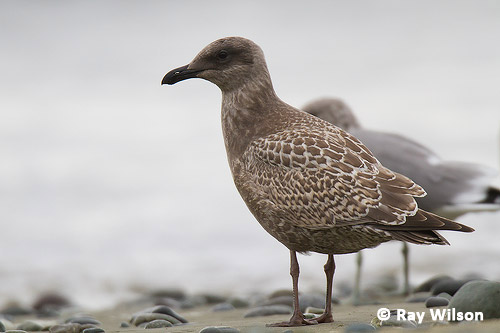
Glaucous-winged Gull (Larus glaucescens) x Western Gull (L. occidentalis) hybrid - juvenile moulting into 1st-winter plumage
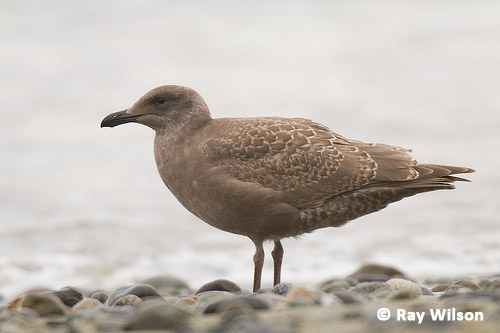
probable juvenile Glaucous-winged Gull (Larus glaucescens) x Western Gull (L. occidentalis) hybrid
Ray Wilson owns the copyright of all images on this site.
They may not be used or copied in any form without prior written permission.
raywilsonphotography@googlemail.com

